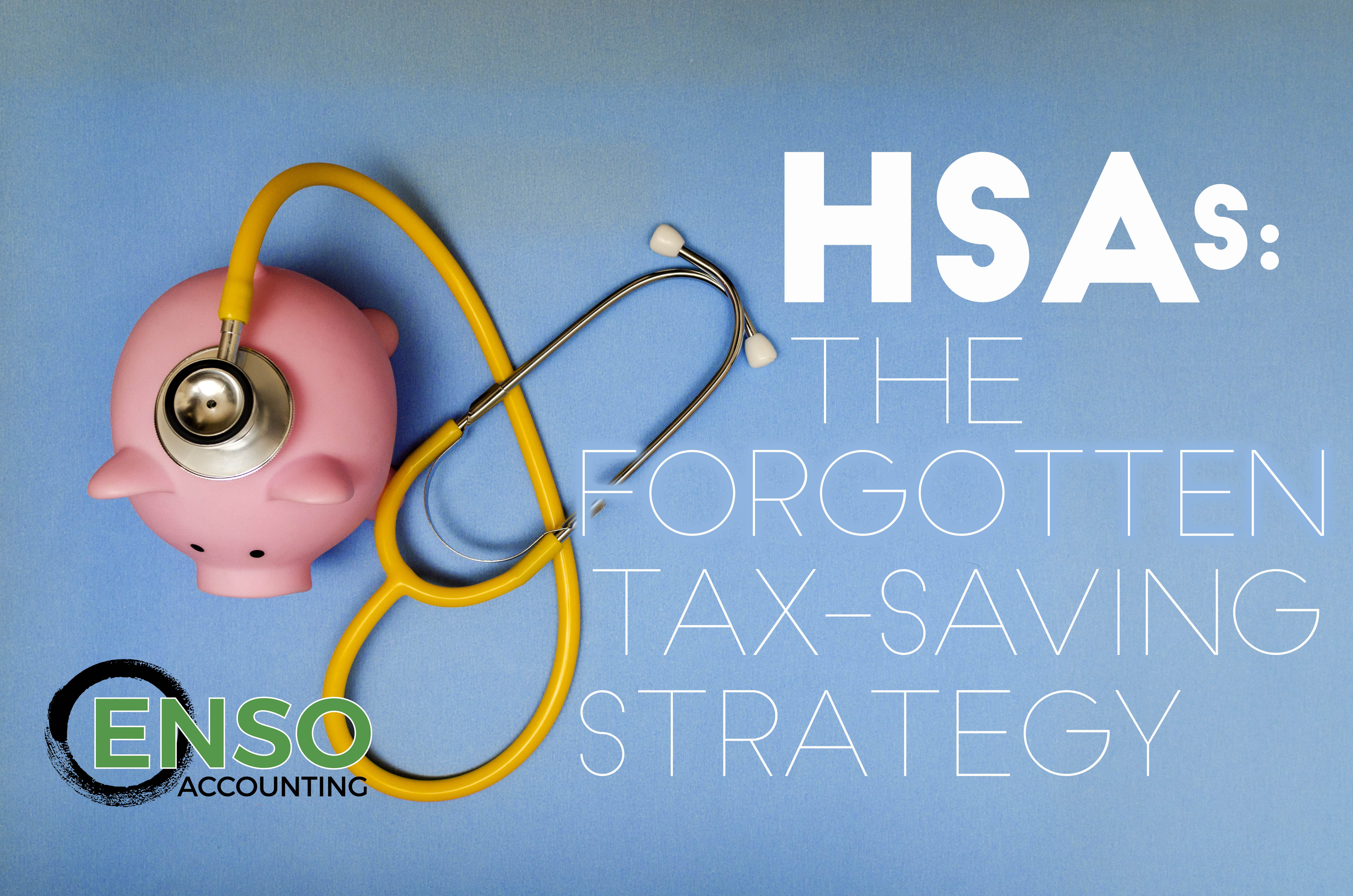When it comes to saving on taxes, everyone knows about the basic strategies. Last-minute 401(k) and IRA contributions, charitable donations, business equipment purchases, and more are all common! But what about health saving accounts (HSAs)? Since 2004, these accounts have given Americans a way to pre-tax money spent on health care costs. Unfortunately, only a small percentage of the population takes advantage of them! Maybe it’s that people don’t fully understand their options or how an HSA works, but today we’re working to fix that.
What exactly is an HSA?
As the name would imply, a Health Savings Account allows you to save money on your health-care-related spending. Whether you’re making contributions to this dedicated account through an employer or individually, all of the funds are tax-free going in. They’re also tax-free coming out, provided you use them for medical purchases. Unlike FSAs (or Flexible Spending Accounts), they also roll over from year to year. So, you don’t have to worry about that whole use-it-or-lose-it aspect. The only caveat is you have to be enrolled in a High Deductible Health Plan (HDHP) in order to be able to contribute to an HSA.
These plans typically have a high deductible in place that would have to be met before the insurance company would provide benefits like co-pays for doctor visits, medications, etc. Initially, they were designed for people who weren’t utilizing their health insurance as much. This allowed those who enrolled to save money that would otherwise be going to the insurance carriers. Once you’re no longer enrolled, though, you can still access funds that you contributed—you just can’t add to your HSA. Therefore, it can become a long-term saving strategy when used properly.
How do they help you save on taxes?
Well, HSAs are what some professionals refer to as a triple tax-free option. The first two involve your pre-tax savings when the money is deposited and then withdrawn. However, these accounts also accumulate interest—like any savings account. Unlike most investment strategies, though, this interest is tax-free. That’s how we get to the triple mark! It’s the only form of employee benefits that works this way. Which is why some accountants advocate maximizing these contributions even before your 401(k) or IRA.
As with anything else, there are certain limits in place. For 2018, you’re able to contribute up to $3,450 to an HSA as an individual or up to $6,850 for a family. In 2019, these limits will increase slightly to $3,500 for an individual and $7,000 for a family.
How can you spend HSA funds?
Well, we already mentioned medical purchases, but it’s a little more comprehensive than that. Your HSA contributions can also be used to pay for dental and vision expenses—including braces. The IRS draws the line at cosmetic procedures, though, such as teeth whitening, along with over-the-counter medications. Keep in mind, this savings account works just like any other. You can’t spend what’s not there. So, if you’re planning on contributing $7,000 for the year, but it’s January 15th and you’ve only deposited $300 so far, you can’t fully pay for your $1,000 ER bill using your HSA.
In the long term, however, it’s an effective strategy. For those who haven’t had any unexpected (expensive) medical emergencies, that HSA serves as a nice nest egg going into retirement. Medical expenses can seriously throw off your retirement budget, but this can help to mitigate that. Plus, while you can’t pay for regular health insurance premiums with these funds, you can use them to cover Medicare premiums, long-term care insurance premiums, and even COBRA coverage!
If you haven’t looked into establishing a Health Savings Account previously, now’s a good time to start. We can help you figure out how much to contribute to this particular tax-saving strategy, along with your other investments including 401(k)s, Roth IRAs, etc. For more information, contact ENSO Accounting today!




